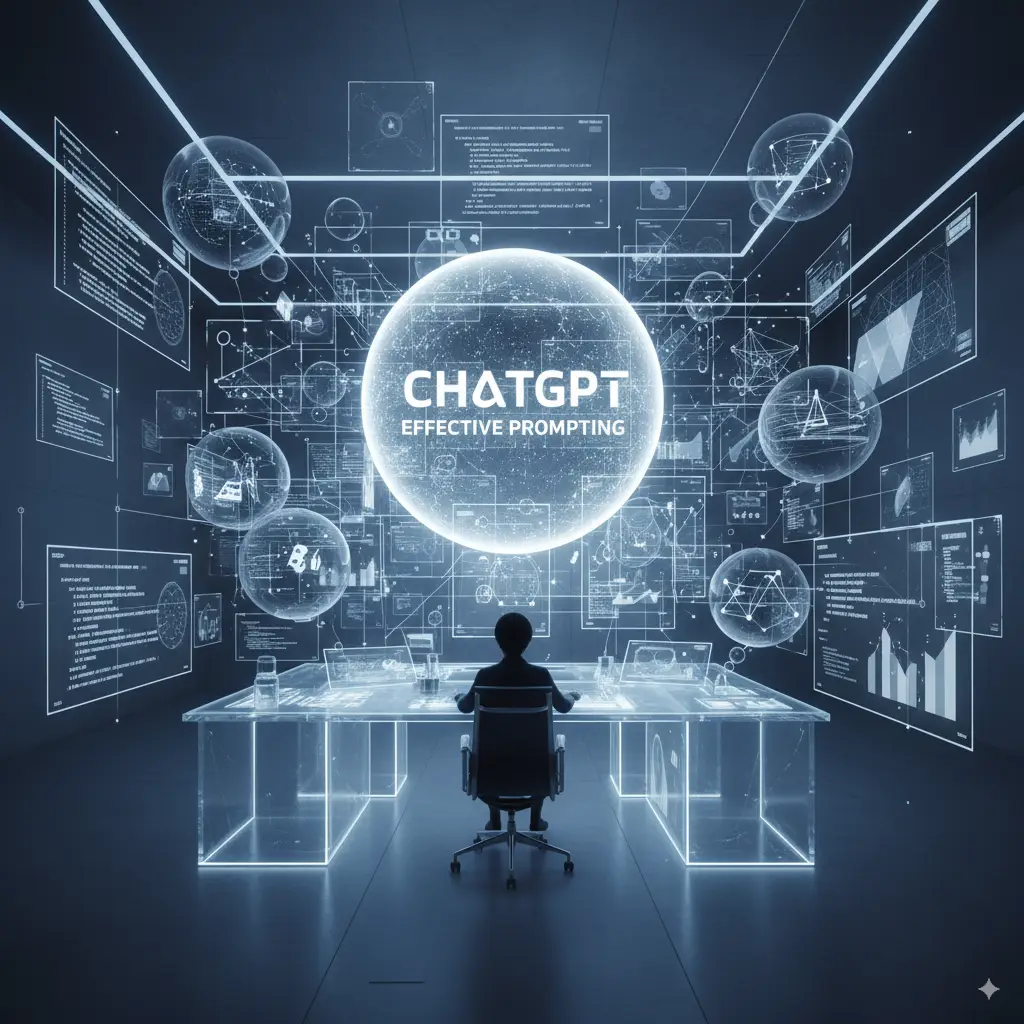Explore the ultimate guide to ChatGPT prompts. Learn how to write effective prompts, see examples, and discover best practices to get the most out of AI.

The Ultimate Guide to ChatGPT Prompts: Tips, Examples, and Best Practices
ChatGPT has quickly become one of the most versatile and powerful AI tools available today. From generating creative writing to helping with coding tasks, brainstorming marketing ideas, or even tutoring in complex subjects, ChatGPT can be an invaluable assistant—but only if you know how to communicate with it effectively. That’s where prompts come in.
Why Prompts Matter
Prompts are the key to unlocking ChatGPT’s potential. They set the context, define the task, and guide the AI to produce the type of content you need. The more precise and informative your prompt, the better the results. For example, instead of asking, “Write about marketing,” you could ask, “Write a 300-word blog post explaining five modern digital marketing strategies for small businesses, including examples and benefits.” This level of specificity ensures the AI understands your expectations.
Types of ChatGPT Prompts
- Instructional Prompts: Directly tell ChatGPT what to do. Example: “Summarize the following text into three key points.”
- Creative Prompts: Encourage storytelling, ideas, or artistic content. Example: “Write a short story about a world where AI controls the weather.”
- Analytical Prompts: Ask ChatGPT to analyze data, compare options, or provide advice. Example: “Compare the advantages and disadvantages of electric vs gasoline cars.”
- Conversational Prompts: Simulate dialogue, customer support, or interactive scenarios. Example: “Pretend you are a travel agent and suggest a 5-day itinerary in Paris.”
Tips for Crafting Effective Prompts
- Be Specific: Clearly state your expectations. Include length, format, tone, and other details.
- Provide Context: Give ChatGPT background information to produce relevant content.
- Ask for Examples: If you need a style or structure, show the AI an example.
- Iterate and Refine: Don’t expect perfection on the first try. Adjust your prompt based on responses.
- Combine Prompts: Layer instructions for more complex tasks, like “Summarize this article in 5 bullet points and then create a short tweet for each point.”
Common Use Cases for ChatGPT Prompts
- Content Creation: Blog posts, articles, social media captions, emails, scripts.
- Learning & Research: Summaries, explanations, tutoring in various subjects.
- Programming Help: Debugging, writing code snippets, explaining algorithms.
- Idea Generation: Marketing campaigns, product names, business strategies.
- Personal Productivity: Task planning, journaling prompts, brainstorming solutions.
Mastering prompts transforms ChatGPT from a simple AI tool into a powerful assistant capable of enhancing creativity, boosting productivity, and even helping with problem-solving in everyday life. The more you practice prompt crafting, the better your AI interactions become—opening endless possibilities for work, learning, and creativity.
Stay Updated
Get the latest tech insights delivered weekly.



